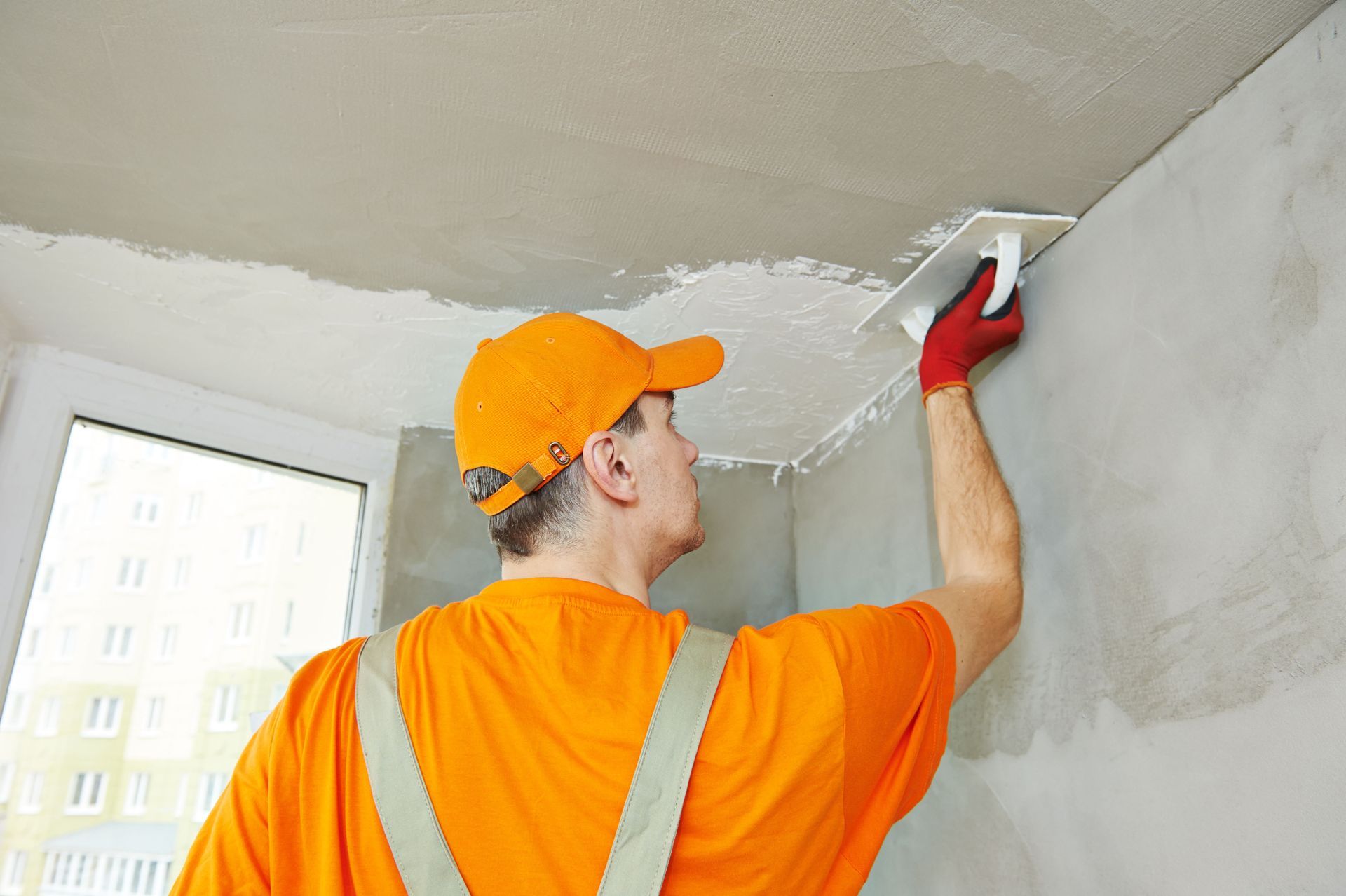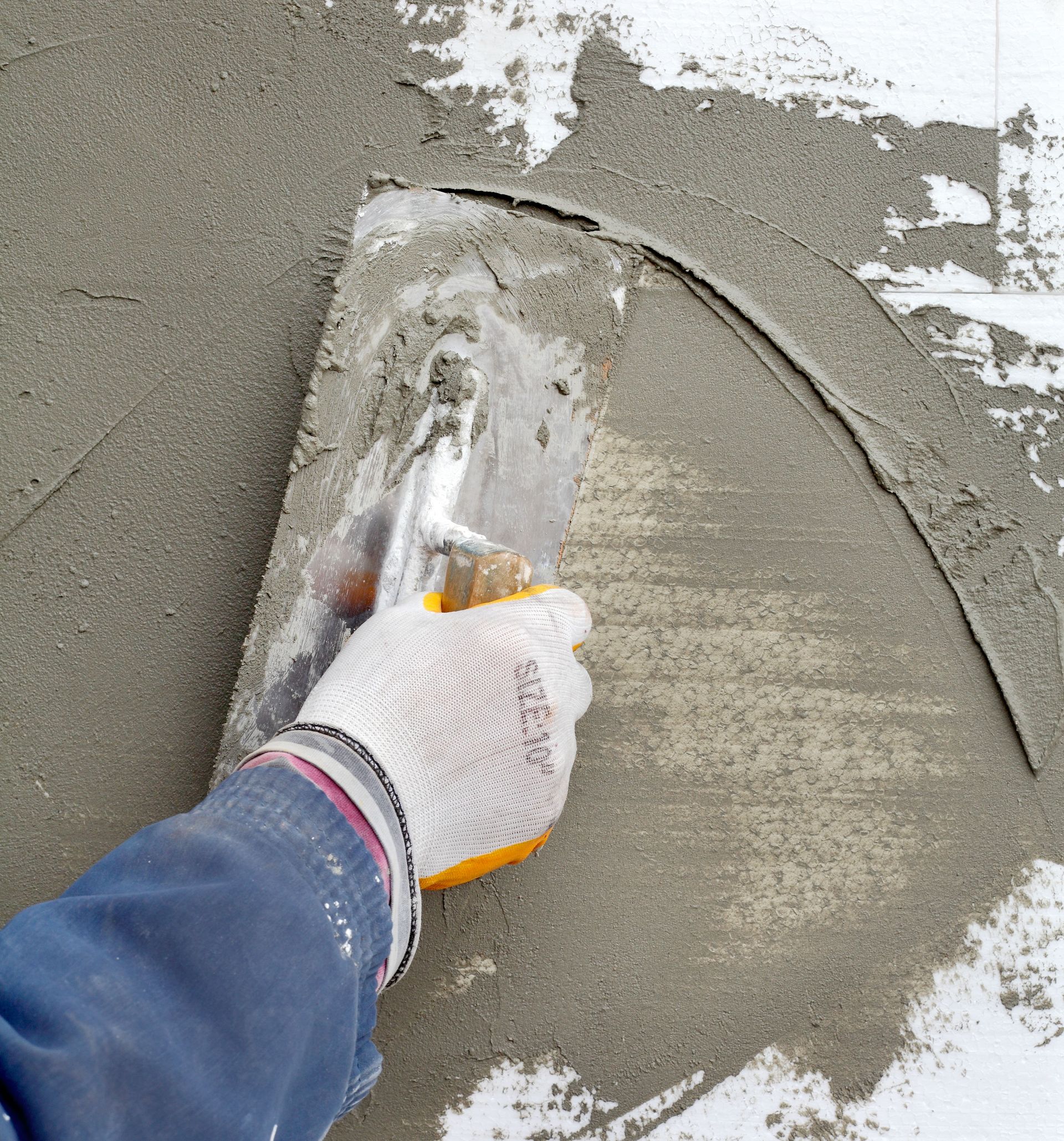Everything You Need to Know About Stucco Siding
Everything You Need to Know About Stucco Siding
Stucco siding stands out as a timeless choice in the realm of construction materials, admired for its distinct appearance and adaptable qualities. Popular in diverse climates, stucco offers a unique combination of durability, aesthetic appeal, and functionality. This article delves into the fascinating history, composition, applications, and innovations associated with stucco siding, shedding light on why it continues to be a favored option in modern architecture.
1. Historical Origins
The use of stucco in architecture dates back thousands of years, showcasing its timeless appeal and versatility. Ancient civilizations, like the Egyptians and Greeks, used stucco to adorn their grand structures, enhancing both interior and exterior surfaces. This early application not only added aesthetic value but also provided a level of protection against the elements. The durability and ease of application made stucco an ideal choice for ancient builders seeking both beauty and resilience. As time passed, these early techniques laid the foundation for stucco's evolution through the ages.
Throughout history, stucco has been adapted and perfected by various cultures, each injecting its own stylistic nuances. In the Mediterranean, for instance, stucco became an integral part of building traditions, reflecting the light and airy aesthetics typical of the region. The material spread across continents, morphing to suit climatic and cultural needs, demonstrating its versatile nature. As knowledge of stucco traveled, so did the innovation in its application techniques, helping it evolve into a more refined art. These cultural exchanges also paved the way for the integration of stucco into different architectural styles.
When stucco made its way to America, it was quickly embraced for its practicality and aesthetic appeal. Early American homes often featured stucco exteriors, taking inspiration from the prevalent Mediterranean and Spanish styles. As the construction industry evolved, stucco adapted, showing its flexibility for both residential and commercial applications. According to Eye on Housing, stucco was the most common principal siding material for new single-family homes at 26.8%. This statistic highlights its ongoing importance in modern American architecture.
2. Composition and Material Science
Traditional stucco comprises a simple yet effective mixture of lime, sand, and water, which has been used for centuries. This combination creates a dense, protective layer that is applied to surfaces to provide insulation and aesthetic appeal. As time progressed, the introduction of Portland cement gave rise to a newer version of stucco, enhancing its strength and longevity. The basic composition requires skilled craftsmanship to ensure a smooth and finished surface. This straightforward mixture remains celebrated for its ability to cover imperfections and create a polished appearance.
Despite the traditional recipe for stucco, many variations have emerged, catering to different climates and structural needs. Additives like acrylics and fibers are sometimes mixed in to improve flexibility and prevent cracking. These variations allow builders to tailor the mix according to specific environmental challenges and project requirements. Modern stucco blends also incorporate pigments and dyes, offering an array of color options without compromising on the material's inherent properties. Such innovations expand the functional range of stucco beyond conventional applications.
Recent developments in stucco materials focus on enhancing its performance while reducing environmental impact. The introduction of synthetic stucco, or EIFS (Exterior Insulation and Finish System), offers improved insulation and energy efficiency. Technological advancements have also facilitated quicker application with less labor, making stucco projects more cost-effective. These innovations extend stucco's application to a broader range of architectural styles and structures. As research continues, the quest for more advanced stucco materials remains a top priority in the industry.
3. Applications and Benefits
One of the key benefits of stucco is its excellent resistance to weather conditions, making it suitable for various climates. Stucco's composition allows it to stand up to wind, rain, and even extreme temperature fluctuations. This resilience makes stucco an ideal choice for buildings in regions prone to harsh weather conditions, where durability is paramount. Additionally, stucco's application as a seamless layer ensures minimal entry points for moisture, further protecting the structure. Such weather-resistant attributes underline stucco's longevity and reliability as an exterior siding choice.
Stucco's insulating properties contribute significantly to its popularity, enhancing a building's energy efficiency. By regulating temperature and minimizing heat transfer, stucco helps reduce heating and cooling costs. The newer EIFS systems further enhance these benefits by adding layers of insulation beneath the stucco surface. These attributes are particularly advantageous in climates with extreme temperatures, where energy efficiency is critical. Thus, stucco not only adds an aesthetic element but also serves as an energy-saving investment in the long term.
Stucco offers remarkable versatility in design and aesthetics, accommodating a wide range of architectural styles. It can be textured or smooth, colored or natural, providing a customizable palette for builders and designers. This adaptability ensures that stucco can enhance both traditional and modern structures, catering to various tastes and preferences. Furthermore, its ability to mimic other materials, such as wood or stone, expands its application potential without compromising structural integrity. Such aesthetic flexibility makes stucco a preferred choice for those seeking a unique and personalized exterior finish.
4. Common Challenges and Solutions
While stucco is renowned for its durability, it is not entirely immune to cracking, a common concern among property owners. Cracks can arise from natural settling, temperature fluctuations, or improper application techniques. Preventive measures include proper installation, curing, and the use of flexible additives in the stucco mix. Repairs involve filling and sealing cracks promptly to prevent further damage and moisture intrusion. By addressing these issues early, homeowners can maintain the integrity and appearance of their stucco surfaces over time.
Moisture intrusion can pose significant challenges for stucco surfaces if proper preventive measures are not taken. This issue often stems from improper installation or inadequate drainage, leading to potential structural damage. Effective moisture management includes installing water-resistant barriers and using flashings to divert water away from the building. Regular inspections can also identify and address any vulnerabilities before they develop into significant problems.
5. Regional Variations and Styles
The Southwestern United States has a rich tradition of using stucco in residential and commercial architecture, reflecting the region's distinct cultural and environmental influences. Stucco's ability to endure arid climates and strong sun exposure makes it a preferred choice for Southwestern styles. The material's earth-toned finishes complement the natural landscapes, melding structures with their surroundings. Southwestern stucco designs often incorporate Spanish and Native American elements, resulting in unique and culturally resonant aesthetics. This harmonious integration with the environment exemplifies stucco's adaptability to regional needs and traditions.
Incorporating Mediterranean and European influences, stucco has become a hallmark of elegant and classical architecture. These styles highlight stucco's ability to create smooth, flowing lines and intricate details. Mediterranean architecture utilizes stucco's reflective properties to brighten spaces and maintain a cool interior climate. European influences emphasize ornate detailing, arches, and columns, showcasing stucco's potential for versatility and sophistication. This fusion of modern and traditional elements illustrates stucco's lasting appeal across different cultural contexts.
Stucco's enduring popularity stems from its remarkable adaptability, aesthetic possibilities, and practical benefits. Its extensive history, still relevant in today's modern applications, highlights the material's versatility and timelessness. As the construction industry continues to evolve toward sustainability and innovation, stucco remains poised to meet new challenges, offering eco-friendly solutions and sophisticated designs. This compelling combination of features ensures stucco's continued impact and significance in the architectural landscape of the future. For a
stucco company you can count on, contact Stucco Done Right LLC today.





Share On: